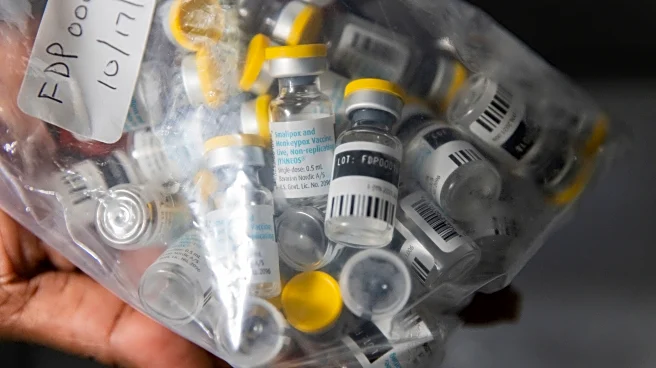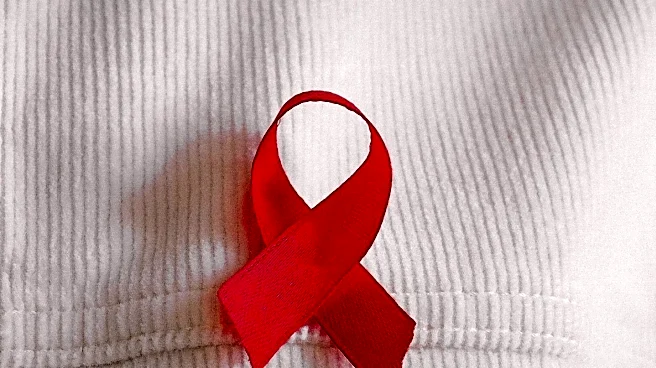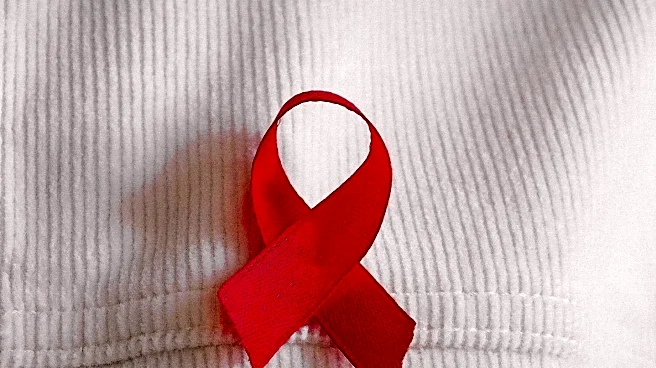What's Happening?
Zimbabwe is set to roll out lenacapavir, a twice-yearly HIV prevention shot, as part of a global initiative involving ten countries. The drug, hailed as a breakthrough, aims to reduce HIV infections in a nation
with one of the highest prevalence rates. Zimbabwe has met UNAIDS fast-track targets, indicating a strong infrastructure for HIV response. The rollout targets high-risk groups, including adolescent girls and pregnant women. While the World Health Organization and UNAIDS praise lenacapavir's efficacy, locals express concerns about its cost, safety, and accessibility.
Why It's Important?
The introduction of lenacapavir represents a significant advancement in HIV prevention, potentially reducing new infections and supporting Zimbabwe's public health goals. The drug's efficacy and long-acting nature could improve adherence to HIV prevention strategies, addressing challenges faced by vulnerable populations. However, concerns about cost and accessibility highlight the need for equitable healthcare solutions. The rollout could influence global HIV prevention efforts, setting a precedent for other countries to follow.
What's Next?
Zimbabwe and other participating countries may engage in negotiations to reduce the drug's cost and ensure widespread access. Partnerships with organizations like PEPFAR and the Global Fund could play a crucial role in making lenacapavir affordable. Transparency regarding side effects and clear communication strategies will be essential to foster public trust and encourage adoption. The success of the rollout could lead to expanded use of lenacapavir in other regions, potentially transforming global HIV prevention strategies.
Beyond the Headlines
The rollout of lenacapavir raises ethical questions about healthcare accessibility and the role of international partnerships in public health. The initiative may prompt discussions on the balance between innovation and affordability in drug development. As Zimbabwe navigates these challenges, the country's experience could inform future efforts to address healthcare disparities and improve access to life-saving treatments.












